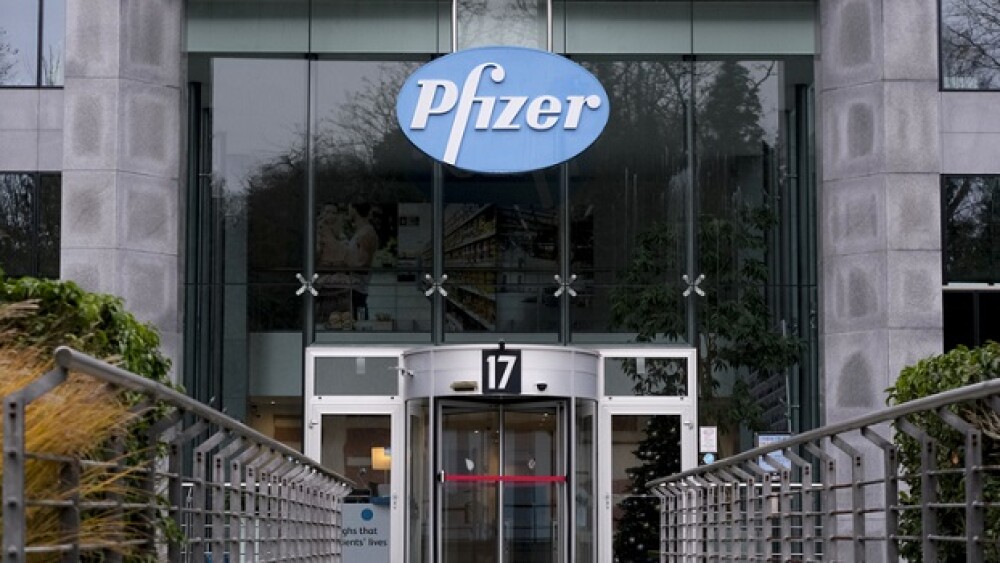GLP-1 receptor agonists could reduce the risk of 10 obesity-associated cancers, such as meningioma, multiple myeloma and colorectal cancer, according to an analysis of electronic health records.
GLP-1 receptor agonists continue showing their therapeutic potential beyond obesity and diabetes, with a new study showing that the drug class could significantly lower the risk of several cancers.
The study, published Friday in JAMA Network Open, drew from the electronic health records of 113 million patients across the U.S., of whom nearly 1.7 million were taking GLP-1 analogs for type 2 diabetes. These patients had no history of obesity-associated cancers (OAC). As comparators, the researchers looked at patients who were treated with insulin.
Over a 15-year period, GLP-1 receptor agonists (RA) significantly lowered the risk of 10 out of the 13 OACs assessed in the study. These included gallbladder cancer, meningioma and pancreatic cancer, which were 65%, 63% and 59% less likely to develop than in insulin-treated counterparts, respectively.
The risk of ovarian cancer was lowered by 48%, while that of hepatocellular carcinoma dropped by 53%. Colorectal cancer, multiple myeloma, esophageal cancer, endometrial cancer and kidney cancer were all also significantly less likely to arise in patients on GLP-1 RAs.
By contrast, the drug class had no significant effects on stomach cancer, thyroid cancer and post-menopausal breast cancers.
The study also compared GLP-1 RAs against metformin and found that the peptide treatment correlated with a lower risk of several cancers, though the effect sizes fell short of statistical significance. At the same time, the risk of kidney cancer was higher by 54% in patients taking GLP-1 analogs than in counterparts taking metformin.
“This study provides clinical data suggesting that GLP-1 RAs may reduce the risk of specific OACs compared with insulin,” the researchers wrote, while cautioning that the results need further validation in future studies.
The retrospective observational study relied on patients’ electronic health records, which have “inherent limitations” such as bias, over- and under-diagnoses and uncontrolled confounders, according to the researchers.
“Although we controlled for an extensive list of variables, these limitations and biases could not be fully eliminated,” the researchers wrote. “Therefore, no causal inferences can be drawn.” Long-term studies are needed to better understand the effect of GLP-1 treatments on cancer risk, especially on non-OACs and compared with other obesity treatments such as bariatric surgery, they contend.
Despite these limitations, the findings add to the growing list of conditions that GLP-1 RAs could potentially address. In March 2024, the FDA approved Novo Nordisk’s Wegovy (semaglutide) to cut the risk of cardiovascular death, heart attack and stroke in overweight or obese patients with cardiovascular disease.
The pharma is also developing semaglutide for diabetics with chronic kidney disease and in May 2024 reported that the peptide therapy significantly lowered the risk of death in these patients.
Meanwhile, Eli Lilly is working to expand its own GLP-1 therapy Zepbound (tirzepatide) to treat obstructive sleep apnea and last month reported data from the Phase III SURMOUNT-OSA trial, showing that the drug leads to significant improvements in disease severity.






